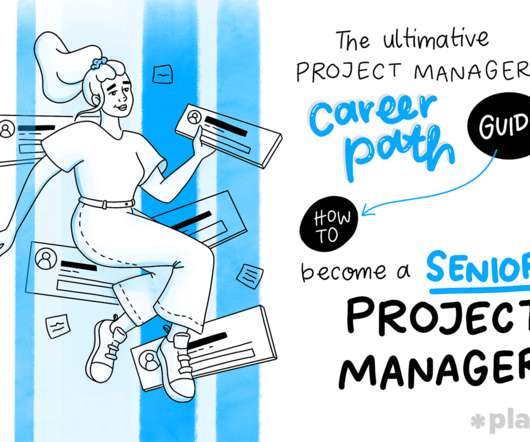Five Factors Shaping The Future Of Project Management
LiquidPlanner
OCTOBER 13, 2020
According to research from the Project Management Institute (‘Project Management Job Growth and Talent Gap 2017–2027’), ‘ the project management-oriented labor force in seven project-oriented sectors is expected to grow by 33% or nearly 22 million new jobs’ by 2027. Masters of collaboration, communication, and influence.














Let's personalize your content